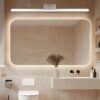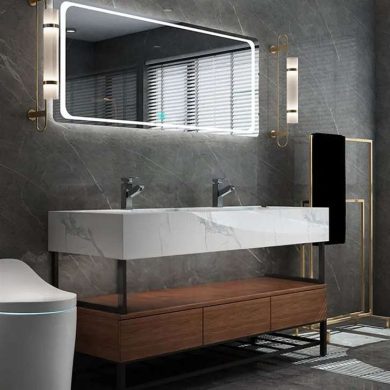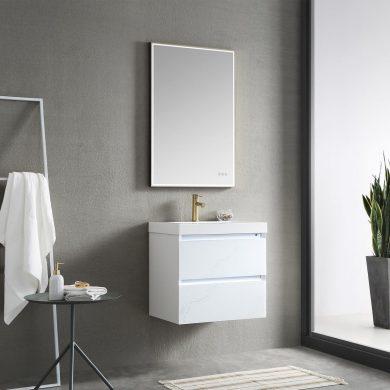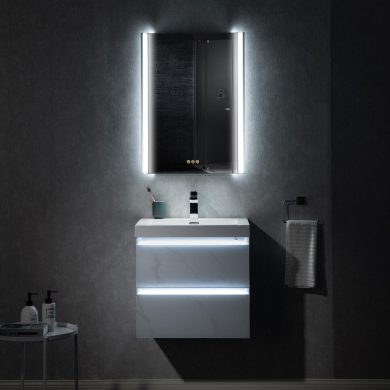Choosing the Right Showroom Doors for Your Bathroom Renovation
When it comes to bathroom renovations, the details matter. One of the key elements that can elevate the look and functionality of your space is the bathroom door. While it might seem like a small detail, choosing the right showroom door can make a significant difference in the overall design and feel of your bathroom. Whether you are renovating a master bathroom, powder room, or guest bath, the right door can set the tone for the space, provide privacy, and enhance your bathroom’s aesthetics. Here’s a guide to help you select the best bathroom door for your needs.
1. Types of Bathroom Doors
There are several different types of bathroom doors, each with its unique features and benefits. The most common types include:
- Hinged Doors: The classic choice, hinged doors are the most traditional and widely used for bathrooms. These doors swing open in one direction and are easy to install and operate. They work well in bathrooms with ample space, where the door can fully open without blocking any fixtures or furniture.
- Sliding Doors: Sliding doors are perfect for bathrooms where space is limited. They slide along a track, taking up less space than hinged doors. Sliding doors are ideal for smaller bathrooms or bathrooms with tight layouts. They also offer a more modern, streamlined look.
- Bi-Fold Doors: A bi-fold door consists of two panels that fold back when opened. These are often used in smaller spaces and offer a stylish alternative to sliding doors. They can be installed in compact bathrooms where a full door swing would be impractical.
- Pocket Doors: For an ultra-efficient use of space, pocket doors slide into the wall itself when opened. This type of door is ideal for bathrooms with very limited space and can create a clean, modern aesthetic. However, pocket doors can be more complex and expensive to install.
2. Choosing the Right Material for Your Bathroom Door
The material of your bathroom door is essential for both durability and style. Some common materials used for bathroom doors include:
- Wood: Wood is a classic, versatile material that can be stained or painted to match the bathroom’s decor. It provides a traditional, warm aesthetic and can work well with a variety of design styles, from rustic to contemporary. However, wood can be more prone to moisture damage, so it’s important to choose wood that has been treated for water resistance.
- MDF (Medium Density Fiberboard): MDF is a cost-effective alternative to solid wood. It’s smooth, durable, and can be painted to look like wood. MDF doors are moisture-resistant and ideal for bathrooms with high humidity levels, making them a great choice for most modern bathrooms.
- Glass: Glass doors are often used for shower enclosures but can also be a stylish choice for a full bathroom door. Frosted glass doors offer privacy while still allowing light to pass through, creating a bright and airy feel in the bathroom. Glass doors are perfect for modern or minimalist bathrooms that prioritize clean lines and openness.
- Fiberglass: Fiberglass doors are durable, moisture-resistant, and often more affordable than wood or glass options. These doors can mimic the look of wood while providing the added benefits of water resistance, making them an excellent option for bathrooms exposed to moisture.
3. Privacy and Ventilation Considerations
Privacy is paramount when selecting a bathroom door. A solid door provides the most privacy, but some homeowners may opt for doors with glass panels or windows to add light and openness. If you choose glass, consider frosted or textured glass to maintain privacy without sacrificing natural light.
Ventilation is another consideration. Bathroom doors with ventilation grilles or louvers allow air to circulate and reduce the buildup of moisture and odors. This is particularly important in bathrooms with limited natural ventilation or bathrooms that have steam showers.
4. Design and Style
The style of the bathroom door should complement the overall design of the bathroom. Here are a few considerations when choosing the right style:
- Traditional: Classic panel doors with raised or recessed panels are ideal for traditional bathrooms. Wood finishes or painted doors in neutral colors like white, gray, or cream work well in these settings.
- Contemporary/Modern: For a more contemporary or modern bathroom, sleek, minimalistic doors with clean lines and smooth finishes are a good choice. Sliding doors with a frosted glass panel or even a full glass door can create a stylish and open look.
- Rustic or Farmhouse: If you’re going for a rustic or farmhouse style, consider wooden barn-style doors. These doors add charm and character to a bathroom while being both functional and stylish.
- Industrial: If your bathroom design is more industrial, you might opt for a door with a metal frame or an exposed wood design for an edgy, modern look.
5. Conclusion
Choosing the right bathroom door can be a game-changer in your renovation project. Whether you’re aiming for a traditional look or a more modern, minimalist design, the right door can enhance the privacy, functionality, and aesthetic appeal of your bathroom. From material selection to style preferences, there are plenty of options to explore. By considering your bathroom’s layout, size, and design theme, you can choose a door that will serve both practical and stylistic purposes, completing your bathroom’s transformation.









Add comment